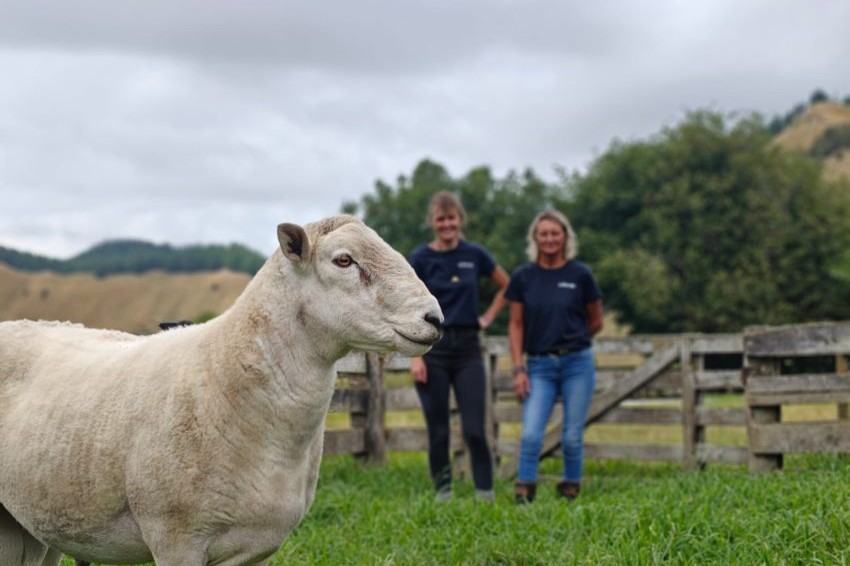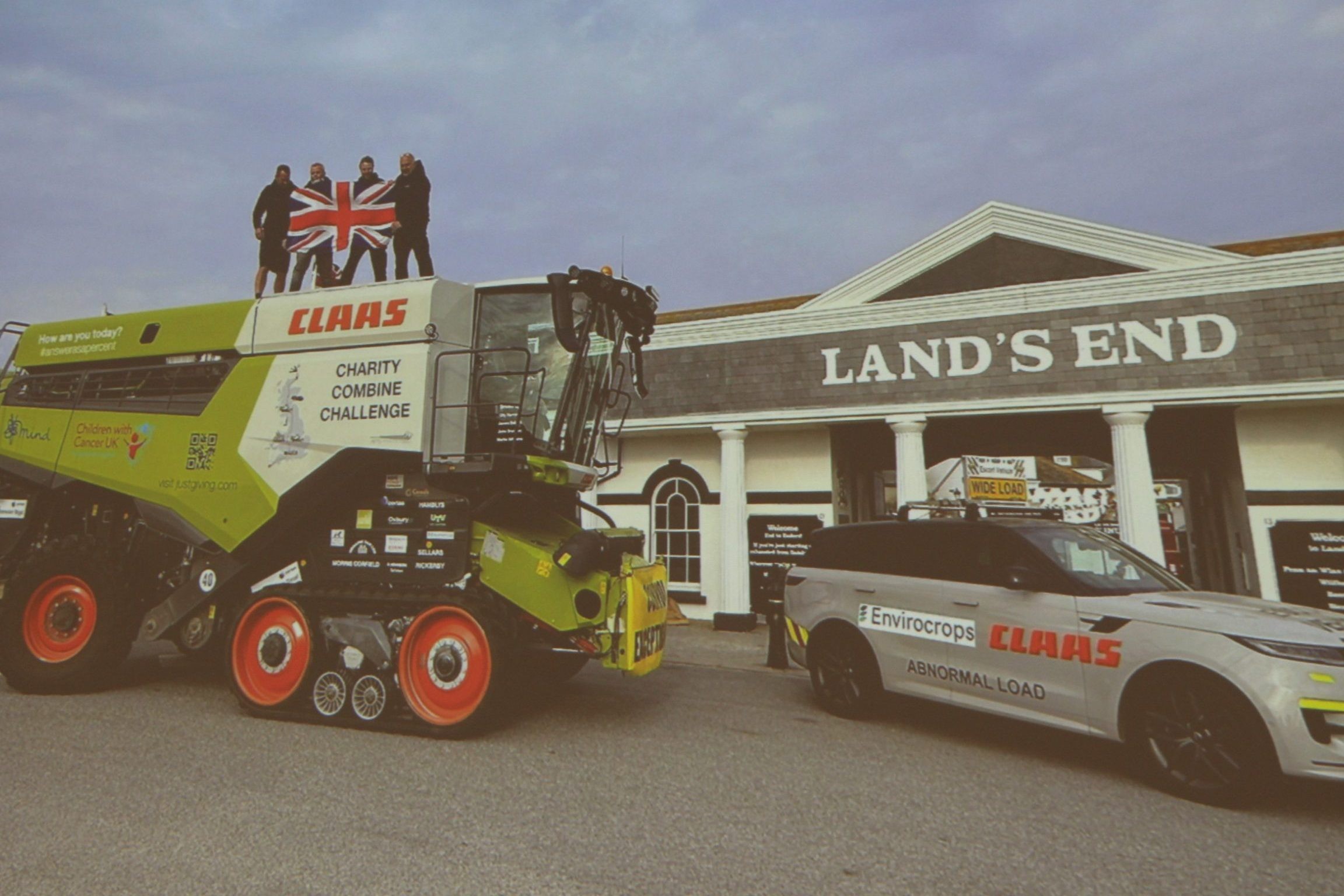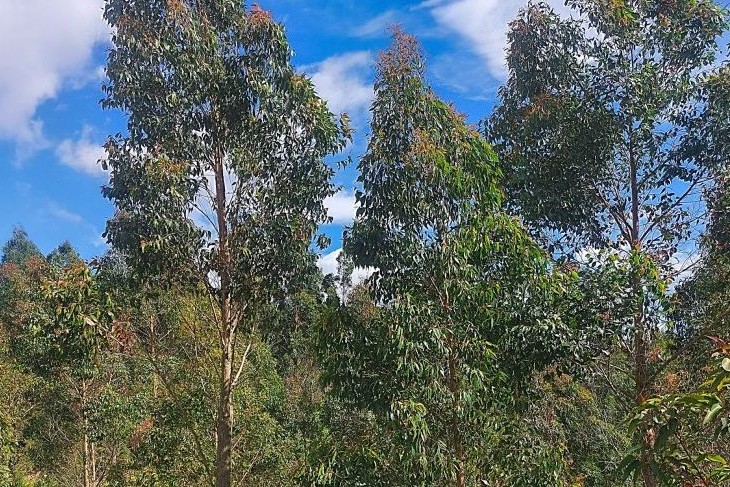Breeding low-methane burpers
Breeding for low methane sheep research aims to show it can be done. Nicola Dennis explains the science.
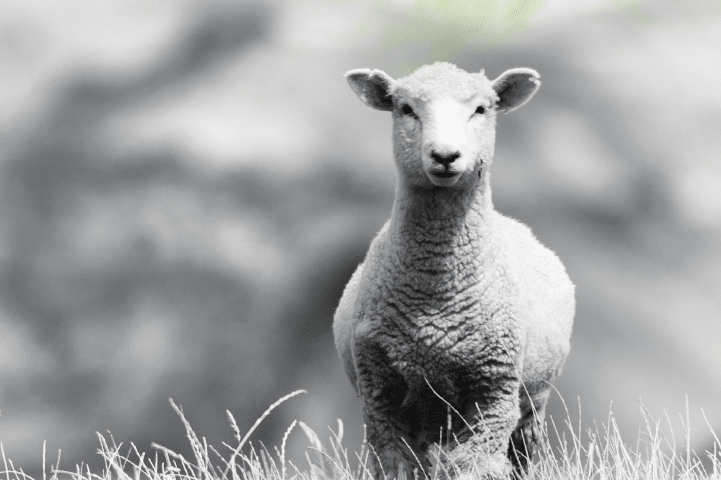
Breeding for low methane sheep research aims to show it can be done. Nicola Dennis explains the science.
The frustrating thing about mitigating climate change is that most of the information lobbed our way is focused on the “why” of it all. As if we are just one more media explainer article on global weather patterns away from redeeming humanity. Or perhaps if one more tells us that XYZ is a certain percentage of total emissions then, then…then? Yeah exactly. Snore. We’ve heard it all before. Message received, we need to reduce waste and pollution. Got it.
You may think the climate change predictions are overcooked. You may have switched off after being labelled an eco-villain by the kind of people who would need an internet connection to work out how to keep a houseplant alive. But, you probably aren’t offended by the idea of using resources efficiently and improving air quality. We aren’t stuck on why humans need to clean their room. It’s working out “how” we go about it that is the real problem.
So let’s not get bogged down in why NZ farmers are obligated to reduce their methane emissions, or what would be a fairer system, or who is calling us names, or where in Wellington they work. Instead, let’s look at a promising way to reduce methane emissions from ruminant livestock: using our tried-and-true breeding methods to produce low-methane livestock.
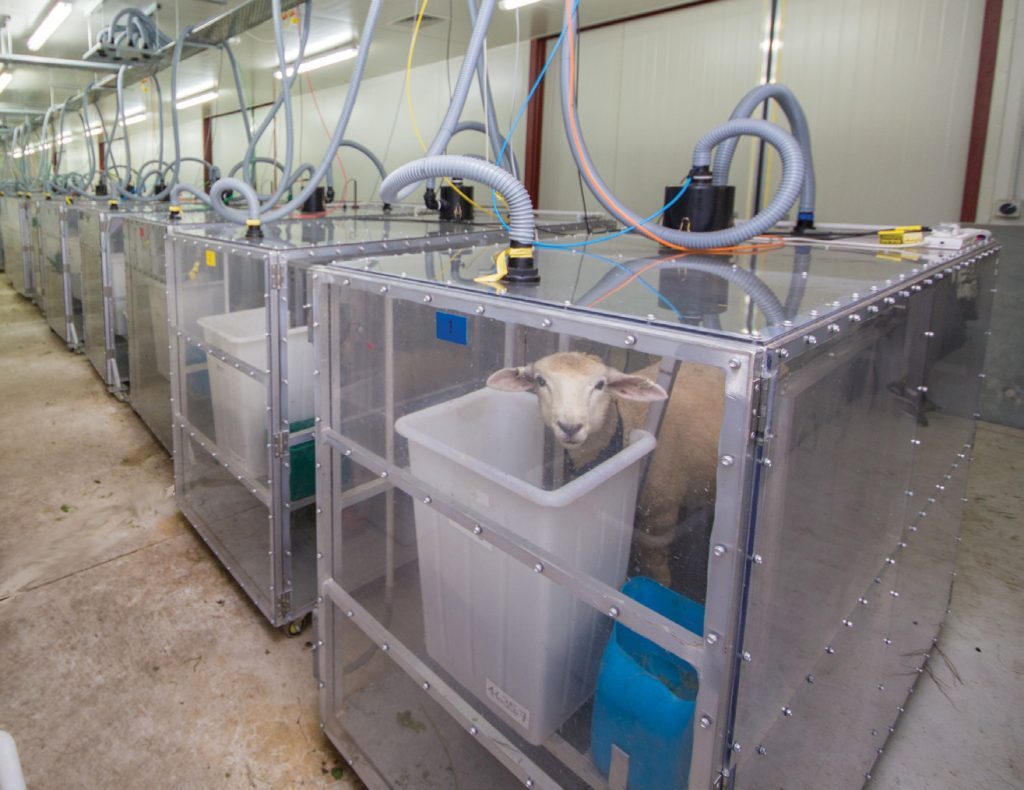
Methane, the lost energy
Cows, sheep, deer and other ruminants are basically walking fermenting chambers for grass. It’s a complicated system that involves four stomachs and regurgitating food for a second chew. But, the crux of it is that ruminants rely on a community of microbes to break pasture down into fatty acids for the host animal to use as its energy source. In return, the microbes get a nice place to live with free groceries.
Like any community, each member of the rumen microbiome has some tasks to do to keep it from falling apart. There are bacteria, archaea, protozoa and fungi all working on small parts of the long list of chemical reactions needed to turn pasture into useful chemicals. Some of these chemical reactions release hydrogen, which if left unchecked, would make the rumen too acidic for the microbes (and their cow or sheep host) to survive.
Luckily clean up crew are on hand to turn this hydrogen into propionate (a fatty acid the animal can use for energy) or methane (which the animal can dispose of by belching). The propionate pathway means extra energy for the animal and the methane pathway means that some energy is being dumped out in the interest of safety.
If you’ve ever seen methane catch fire (i.e. the Pike River footage) then you can appreciate how much energy is tied up in this little molecule. Globally, the experts estimate that ruminants are leaking out about 6% of their total energy intake in methane burps. But, that number ranges from 2% up to 12% in the tiny amount of studies undertaken. And this is where this article takes an uplifting turn away from depressing climate change stuff and into breeding more efficient livestock. Because where there is variation there is room for selection. Let’s breed for the animals that burp less of their hard earned feed into the atmosphere!
How to measure methane emissions
You can measure a ruminant’s methane emissions via fairly simple means. You lock the animal in an airtight box and measure how much methane accumulates inside said box. The gold standard of boxes is the respiratory chamber, which is essentially a couple of days in an airtight hotel for Mr or Mrs Ruminant. The cost of having scientists waiting on your animal hand and foot adds up though. Your cow or sheep could enjoy a trip to Disneyland for a similar budget.
In recent years, AgResearch has optimised the time spent locked up to a single hour in a much simpler box (a portable accumulation chamber or PAC) with a methane reader. This gives a decent estimate of total methane emissions without being as taxing on the animal or the wallet. There is a well-established PAC system for sheep involving chest freezer sized boxes. A cattle system involving a horse float sized box is in early development.
I should note that there are also devices that use a small number of pellets to lure animals into sticking their faces into fume hoods for spot methane readings. These are used in the new LIC and CRV dairy bull facilities to assess the next generation of dairy sires while they spend 35 days getting their feed intake measured at the same time. However, there is nothing an animal can’t do if it is given enough time and the promise of free treats. So these machines are generally only used in specific scenarios where high-tech babysitting is on hand to repair everything the tongue touches.
Is the animal in control of its methane emissions?
As we’ve already discussed, methane is produced by the microbes in the rumen, not the animal itself. But does the animal have some control over the microbes? And if so, can we breed for animals that have lower methane? That was the question that AgResearch set about asking a few years ago. More than 1000 sheep were temporarily locked in boxes in order to identify the lowest and highest methane emitting animals. I’m going to refer to low methane and high methane animals, but the trait was actually methane per kg of drymatter (DM) eaten. If you don’t take into account the amount of food eaten in a research setting, then you are inadvertently selecting sheep that don’t eat much.
That’s the “Lowline” Angus route where you end up breeding miniature livestock for the amusement of lifestyle block owners.
Anyway, the average sheep was emitting 24 grams of methane a day, or 16g/methane/kg of DM intake (or to throw some abbreviations in there, 16g CH4/kg DMI). The sheep with the most extreme methane profiles in either direction (plus or minus 0.5g CH4/kg DMI) were then used to create divergent breeding lines. That is, 100 of the lowest methane ewes were bred to the five lowest methane rams to create an eco-friendly line of low methane sheep. And the same top of the pops method was used to breed a gaseous line of high methane sheep. After three generations of this, there is now a 30% difference in methane emissions between the progeny of the lowest methane ram and the progeny of the biggest burper. The average between the two flocks is 12% or about 2gCH4/kg DMI. While that number might seem small (and the units are a frightening acronym salad), it adds up to a difference of more than one tonne/methane/sheep/ year.
So yes, the animal’s genetics is influencing the work of the community of microbes in its rumen and it is possible to harness this to breed for low methane sheep. In fact, many NZ ram breeders are already doing it. The AgResearch trailers are zooming around the country packed with sheep PACs ready to box-up sheep near you. The data feeds into the SIL methane module for bonafide methane breeding values. AgResearch reports that there is always a good amount of variation on farm with each stud finding its own line of low methane superstars.
How are the low methane animals doing it?
The low and high methane flocks at AgResearch give us some clues about how a sheep might go about taking some control of the bugs in its guts. Outside of mating time, these sheep are run as one flock and it is impossible to tell who is a big or little burper based on looks alone.
But there are some important differences on the inside. The low methane sheep have a smaller rumen, but that rumen has a denser arrangement of papillae (little bumps) in the rumen lining. This is likely to improve the transport of goodies out of the rumen and into the animal. As expected, they also have key changes in the composition of their rumen contents. Plus, the low methane sheep eat smaller, but more frequent meals. They have a more favourable fatty acid profile in their meat. They have more wool and they have more lean muscle. That last one suggests that a better energy supply (i.e. losing less energy as methane) leads to more energy for production. Whereas, a greater supply of wool suggests that there is a better supply of micronutrients in low methane sheep. But, let’s not rule out a genetic link between, say, wool production and smaller rumens. We don’t know enough about the physiology involved to make any definitive statements in that area.
What is becoming clear though, is that there aren’t any alarming tradeoffs to be made between reducing methane and increasing production. Statistically speaking, the low methane sheep have better survival, higher weaning weights, heavier carcaseweights, lower adult-ewe weights, and lower faecal egg counts. There is no statistical difference between the lines in the number of lambs born, although if you squint, maybe the low methane sheep are running a hair behind the high methane sheep in the raw numbers.
Trawling for something nit-picky to focus on, I can see that the low methane line tends to have higher dag scores. Maybe, and this is pure speculation, a higher rumen throughput and some extra wool around, leads to slightly more dags. Perhaps the future is low methane sheep with high production, but messy bums. Or perhaps this is a side effect of the small number of animals used in the research flock and there are plenty of manscaped low methane heroes available in the wider population.
More research needed, always
If you ask a scientist anything, they will always serve up a shopping list of extra research they would like to do. That’s because if you lay one question to rest, then 10 more come to its funeral. So here is a small selection of questions to answer.
What happens if low methane animals are treated with methane vaccines or inhibitors? What if we treated the low methane animals to a methane vaccine, or a methane inhibitor, or some seaweed, or something? Would there be extra methane reductions, or are these mitigation strategies all keys to the same lock?
Can we get methane breeding values for beef cattle? The sheep are leading the way and the dairy industry is off to a promising start, but how do we get something up and running in NZ beef cattle? Beef + Lamb’s Informing NZ Beef programme is doing some work in this area. I don’t know what kind of transparency is required for vague statements, but given I am about to end this article with a pot shot at research funding, maybe I should mention that I am tangentially involved in this effort.
Are there easier methods for estimating methane breeding values than locking animals in a box? There is a lot of groundwork being done behind the scenes to see if samples of rumen liquid (obtained relatively quickly through a stomach tube in the yards) could be used to identify low methane animals. This may even be extended to analysing the fatty acid profiles in meat or milk samples at the processors.
Funders enquire within
The hold up here is getting enough good methane measurements to validate potential new measurements. Someone (most likely the government) needs to pay for all that though, and it ain’t cheap. But, then again, aren’t we in a climate emergency?
The high speed development of mRNA vaccines in the face of Covid-19 is testament to how quickly science can move if governments are prepared to open their wallets. The $1 billion M Bovis eradication programme is proof that the NZ government can splash money around when it feels suitably motivated (although their particular motivation for that one remains a mystery to me). But perhaps this is a very special type of emergency? One where it is very important to ratchet up regulations and commitments but it’s not that important to make sure we are paying for the research needed to meet them? How should I know?


